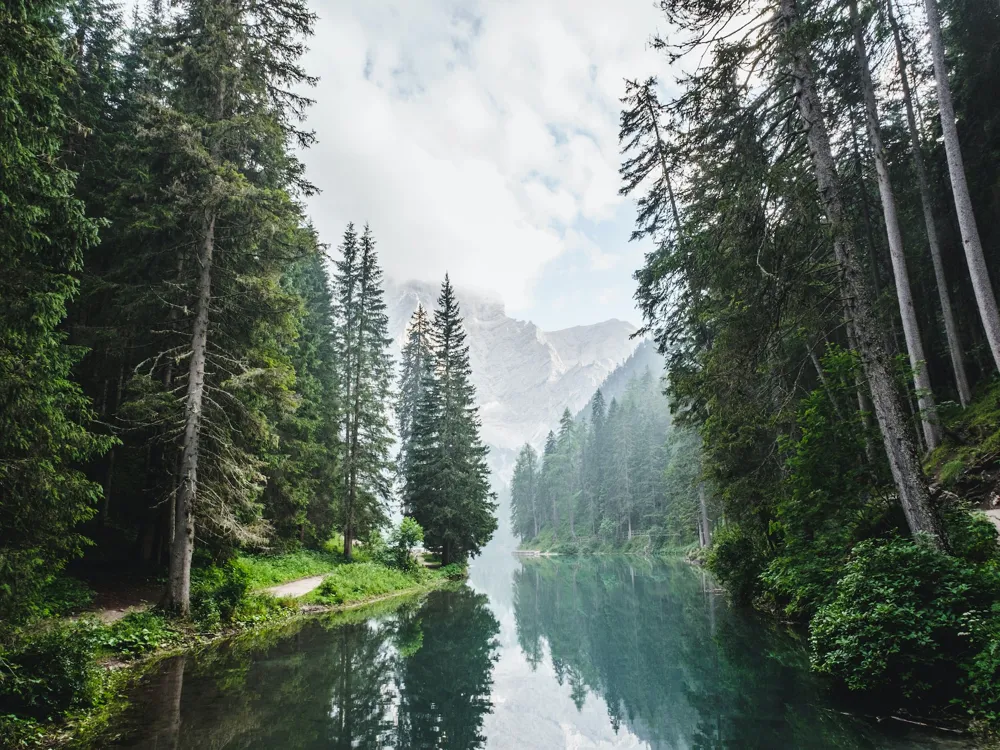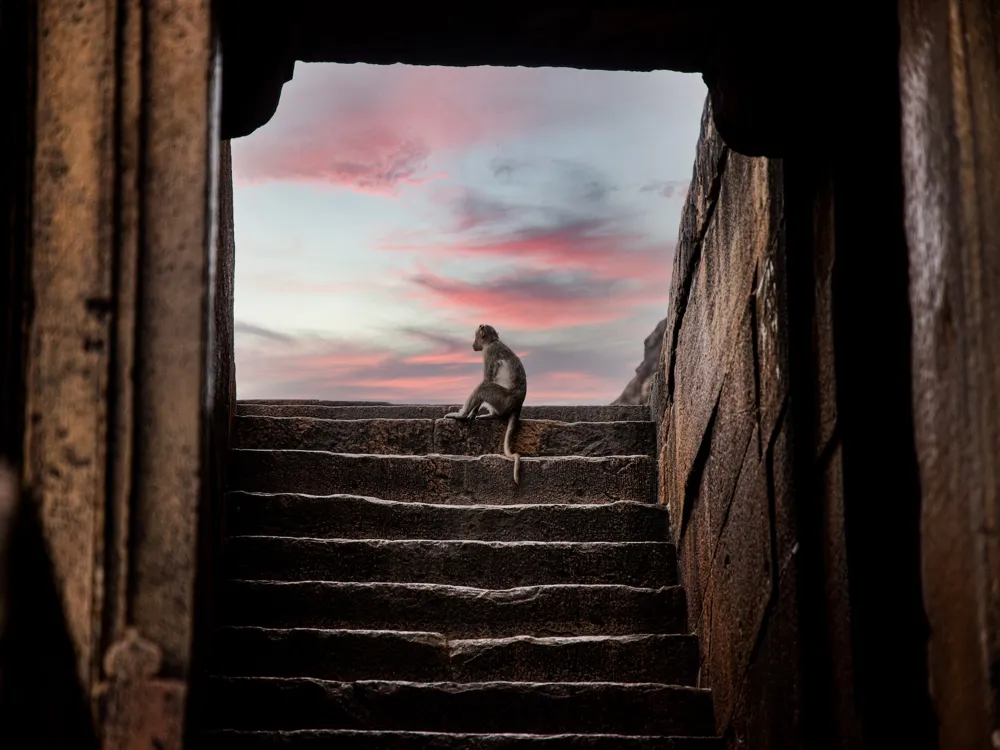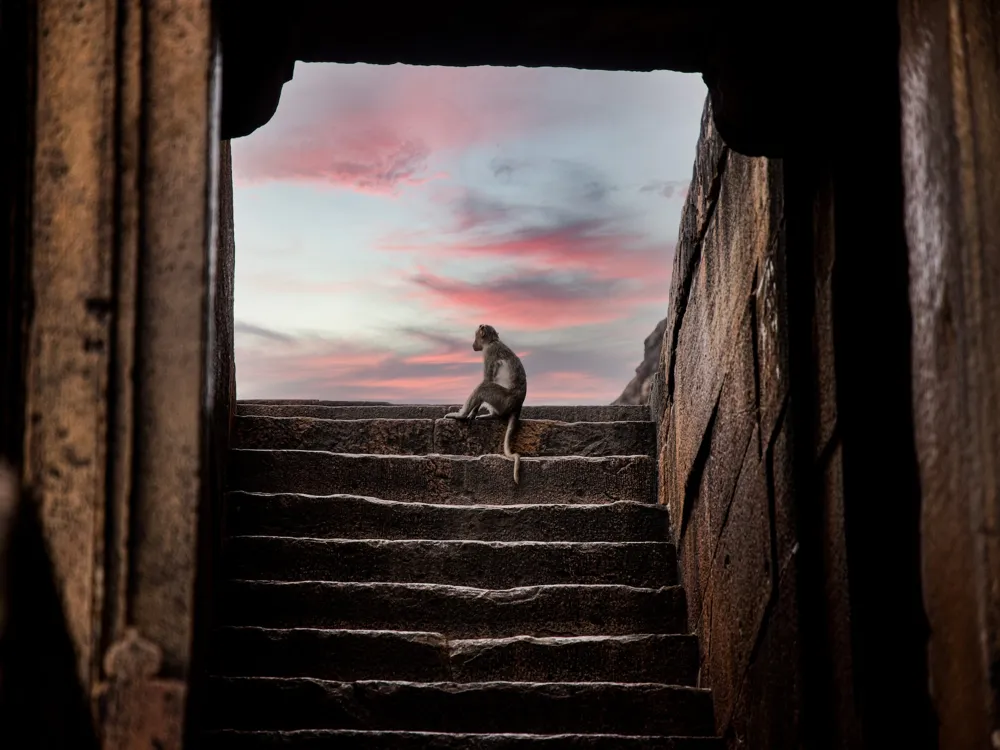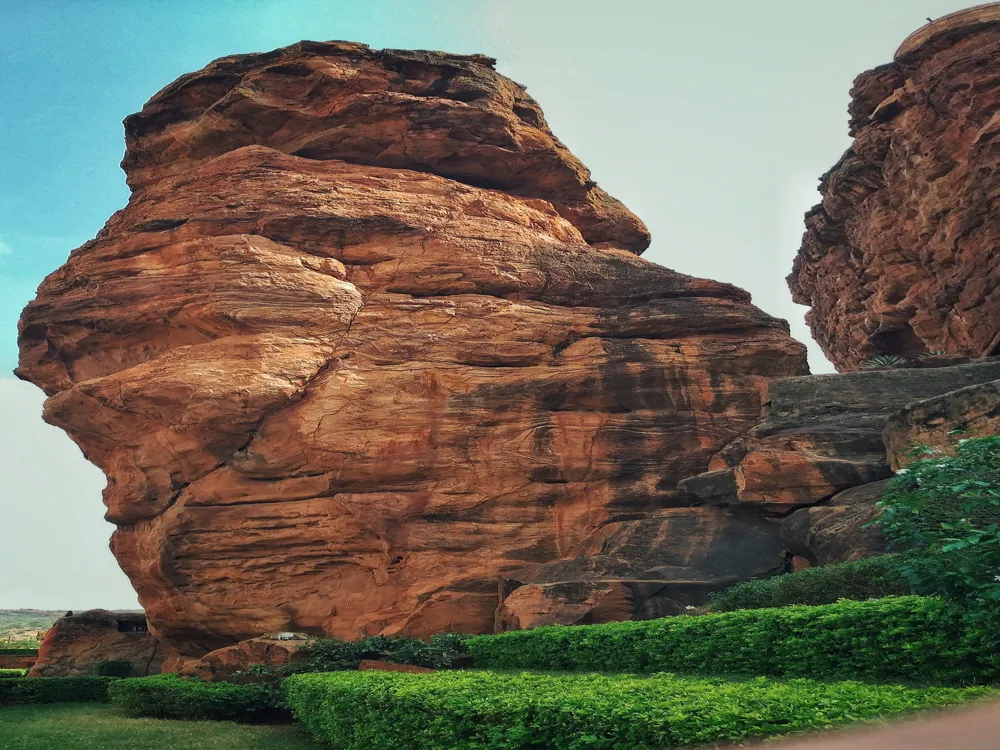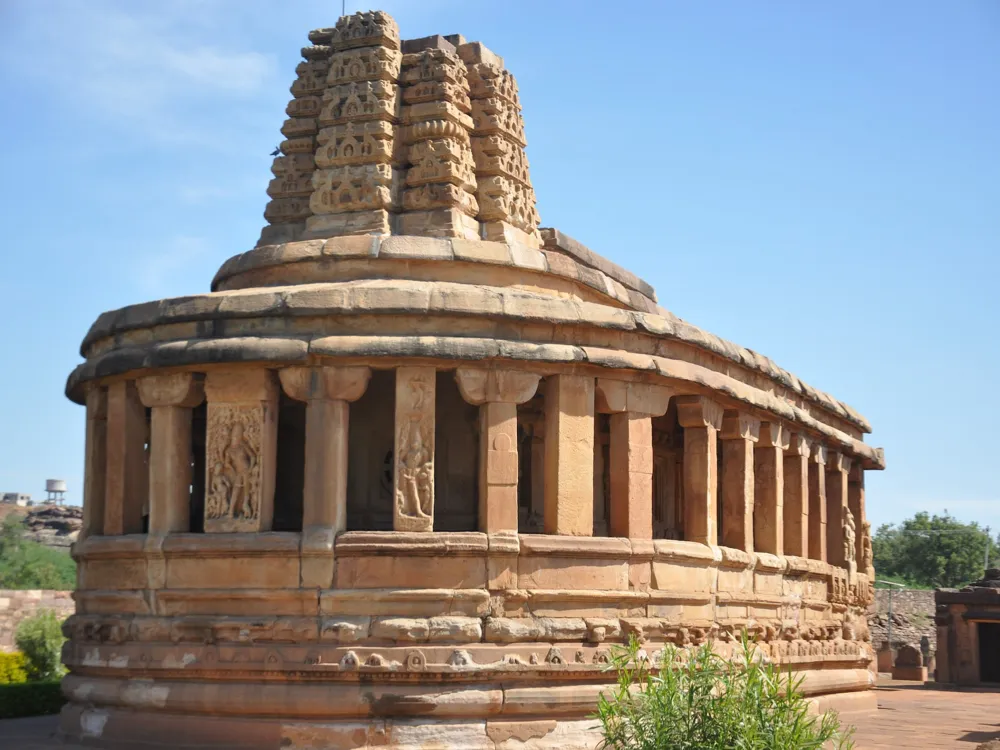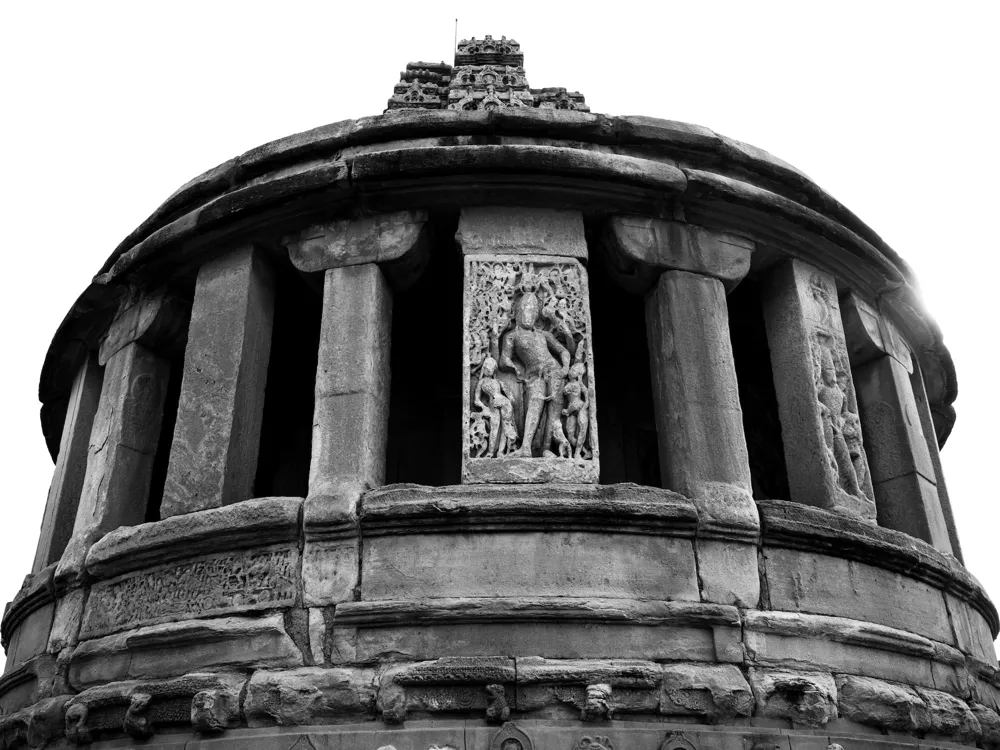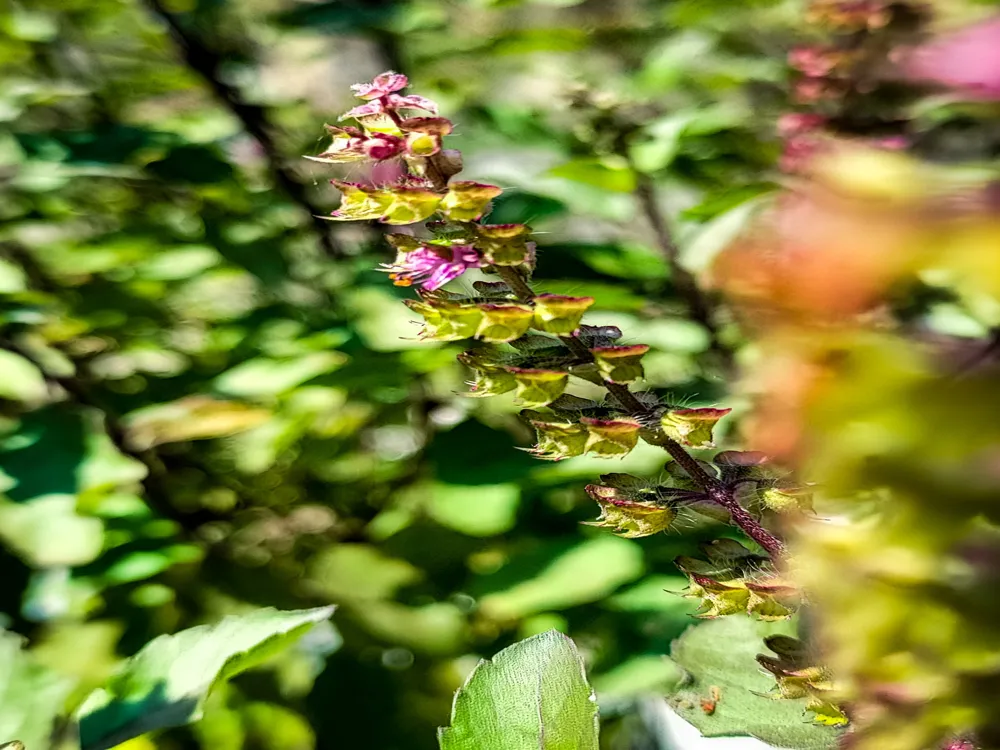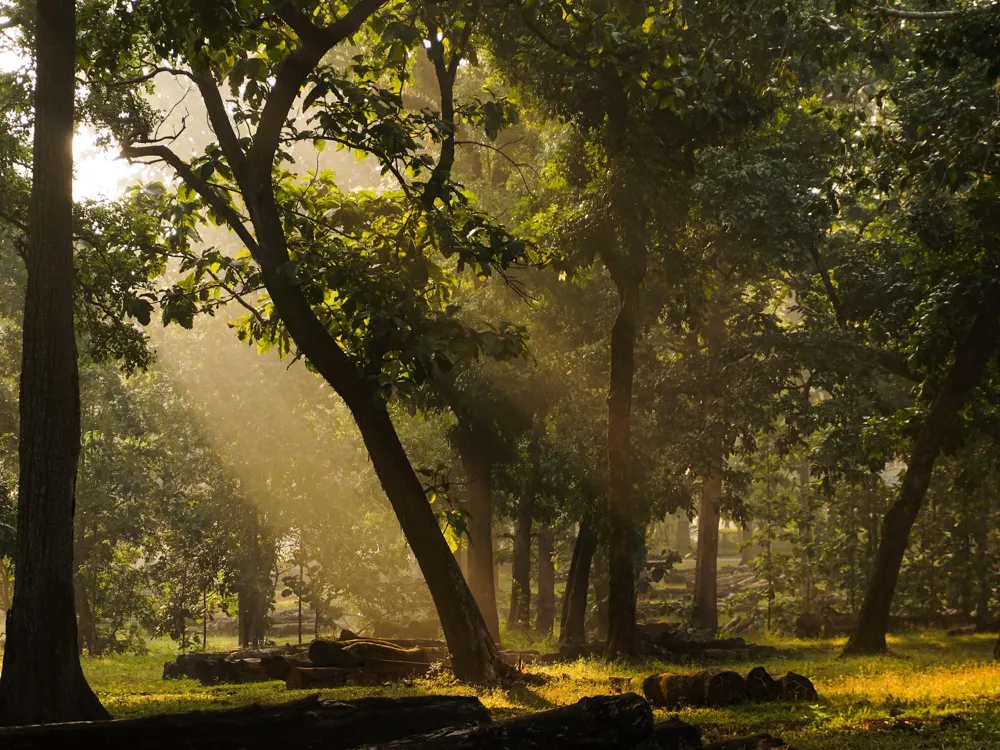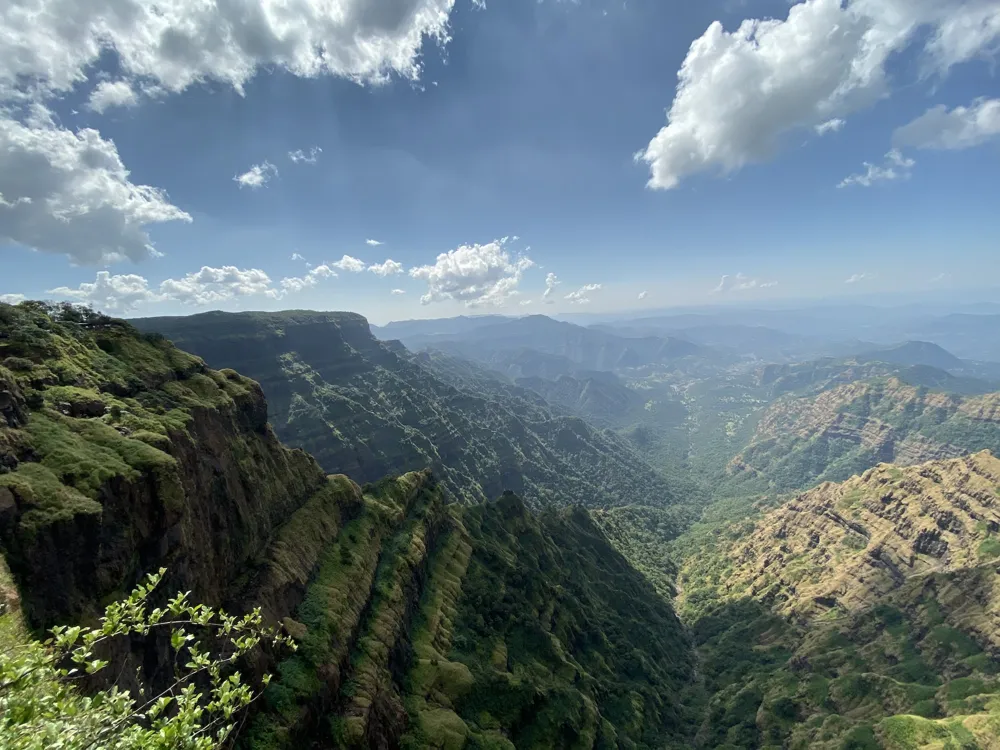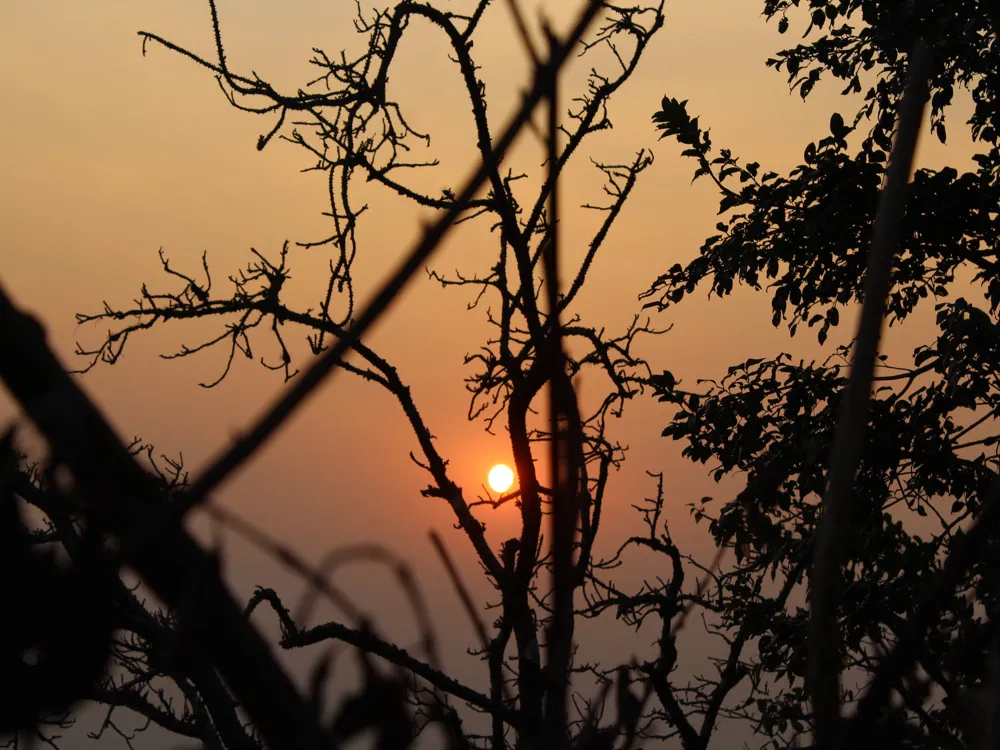The Cave Temples of Badami, a remarkable example of Indian rock-cut architecture, are located in the Bagalkot district of Karnataka. These temples date back to the 6th and 7th centuries, during the reign of the Chalukya dynasty. Badami, formerly known as Vatapi, was the capital of the Chalukyas, and these temples are a testament to their architectural ingenuity and cultural richness. The complex comprises four main caves, each representing a unique blend of religious themes from Hinduism, Buddhism, and Jainism, making it a significant historical and religious site in India. The first cave temple, dedicated to Lord Shiva, displays the 18-armed Nataraja striking 81 dance poses. The second cave, honoring Lord Vishnu, showcases him in various forms, including the Trivikrama form where he measures the earth with his foot. The third cave, also dedicated to Lord Vishnu, is the largest and is adorned with intricate carvings of Vishnu in various incarnations, including Varaha and Narasimha. The fourth cave is dedicated to Jain Tirthankaras, featuring carvings of Mahavira and Parshvanatha. These temples are not only places of worship but also a canvas that illustrates the skills and artistic excellence of ancient Indian artisans. The Cave Temples of Badami are renowned for their detailed carvings, vibrant sculptures, and beautiful murals. These historical structures are carved out of the soft sandstone hills, and their architecture reflects a blend of northern and southern Indian styles. The temples are an amalgamation of various architectural elements like pillared verandas, columned halls, and sanctuaries. The caves overlook the Agastya Lake, adding to the scenic beauty and tranquility of the place. This destination is a paradise for history enthusiasts, art lovers, and spiritual seekers alike, offering a glimpse into India's rich past and cultural diversity. The Cave Temples of Badami are an architectural marvel, showcasing the expertise of the Chalukyan artisans in rock-cut architecture. Each cave temple has a distinct architectural style, representing the various religious beliefs and artistic tendencies of the time. The temples are carved out of a single sandstone rock, which stands as a testament to the engineering skills of the ancient builders. The architecture of these temples is a combination of Dravidian and Nagara styles, characterized by intricate carvings, elaborate facades, and well-structured pillars. The first cave temple, dedicated to Lord Shiva, is a fine example of Dravidian architecture with its square-shaped sanctum and intricately carved ceiling panels. The second and third cave temples, devoted to Lord Vishnu, display a mix of Dravidian and Nagara styles. These caves are adorned with finely carved columns and brackets, featuring scenes from Hindu mythology. The fourth cave, reflecting Jain principles, has simpler architectural elements but is equally elegant with its detailed carvings of Tirthankaras. One of the most striking features of the Badami cave temples is the ceiling panels and sculptures that depict stories from Hindu epics, mythological scenes, and deities. The use of brackets and pilasters in the architecture not only provides structural support but also adds to the aesthetic appeal. The rock-cut architecture of these temples is a significant contribution to the Indian architectural heritage, representing a unique blend of artistic and engineering skills. The precision in the carvings, the balance of proportions, and the overall design reflect the advanced level of craftsmanship achieved during the Chalukya period. The best time to visit the Cave Temples of Badami is from October to March, when the weather is pleasant, making it ideal for exploring the temples. Visitors are advised to dress modestly and comfortably as the site is a place of worship. It is also important to maintain the sanctity of the temples by not disturbing the peace. Opting for a guided tour can enhance the experience as guides provide valuable insights into the history and architecture of the temples. Photography is usually allowed, but it's advisable to check for any restrictions and to be respectful of worshippers and rituals. The caves are located at a height and involve climbing steps, so it's important to be prepared for a moderate level of physical activity. The Cave Temples of Badami are accessible by various means of transportation. The nearest airport is in Belgaum, about 150 kilometers away. The Badami railway station is well-connected to major cities in Karnataka, making it convenient for travelers to reach by train. For those who prefer road travel, Badami is well-connected by state and national highways. Buses and taxis are readily available from major cities like Bengaluru, Hubli, and Mysuru to reach Badami. Once in Badami, local auto-rickshaws and taxis can be hired to reach the Cave Temples. Read More:Overview of the Cave Temples of Badami, Karnataka
Architecture of Cave Temples
Tips When Visiting Cave Temples
Best Time to Visit
Dress Code and Etiquette
Guided Tours
Photography
Accessibility
How To Reach Cave Temples
Cave Temples
Badami
Karnataka
NaN onwards
View badami Packages
Weather :
Label : Must Visit
Tags : Temple
Time Required : 2-3 hours
Constructed in : 6th century CE
Planning a Trip? Ask Your Question
Badami Travel Packages
View All Packages For Badami
Top Hotel Collections for Badami

Private Pool

Luxury Hotels

5-Star Hotels

Pet Friendly
Top Hotels Near Badami
Other Top Ranking Places In Badami
View All Places To Visit In badami
View badami Packages
Weather :
Label : Must Visit
Tags : Temple
Time Required : 2-3 hours
Constructed in : 6th century CE
Planning a Trip? Ask Your Question
Badami Travel Packages
View All Packages For Badami
Top Hotel Collections for Badami

Private Pool

Luxury Hotels

5-Star Hotels

Pet Friendly







